Q & A From the August Happy Hour
Q & A From the August Happy Hour
Here are the questions that we didn’t get to durning the virtual Happy Hour last week. Thanks to everyone who joined in the fun, and apologies for the hiccup in Chat function…I often say that doing things virtually is similar to creating a garden: you make a plan, and then you deal with what really happens!
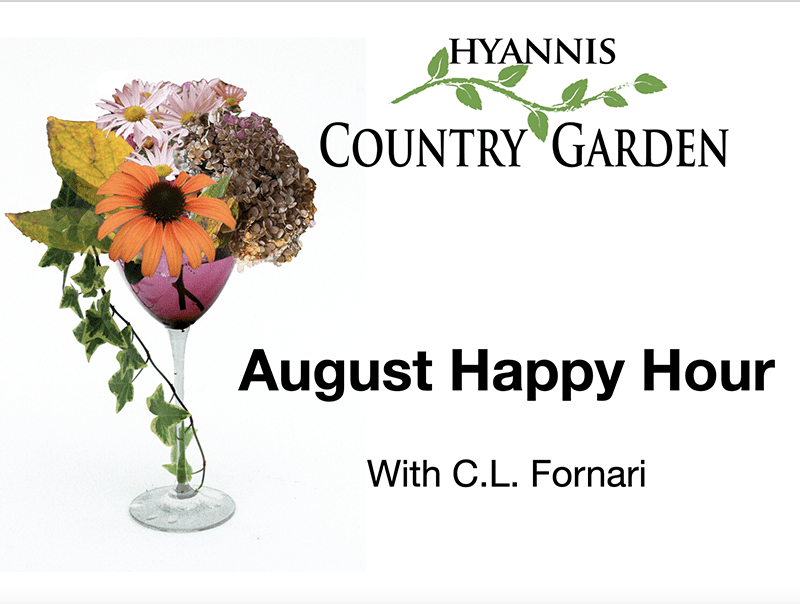
Q. One of my old lace cap hydrangeas has dried up and looks like twigs. There are just a few green stalks left. Should I cut the dried “twigs” down to the ground now?
A. If those stems (aka twigs) are still alive, they might have the germ of next year’s flowers still viable. The percentage play is to wait until mid-May of next year, when you can truly tell which of those stems are still alive and which ones are dead. At that time, cut out any stem that is bare and shows no sign of green leaves or buds, but leave any stem that has green foliage opening.
Q. When do you transplant Hydrangeas? Mine is living in full sun and not doing well.
Blue mophead and lacecap Hydrangeas do better when grown in part-shade. The ideal is either morning sun or very late afternoon sun, but shade from the hours of about 10 AM to 3 PM. Transplant these shrubs in the fall or spring. If you move them in the fall, do it in September so that you can keep them watered once a week as long as possible before winter arrives. If you move in the spring, aim for April or May. In either case the flowering might be affected for the first summer after they are transplanted, but after that they should produce blooms in the normal manner.
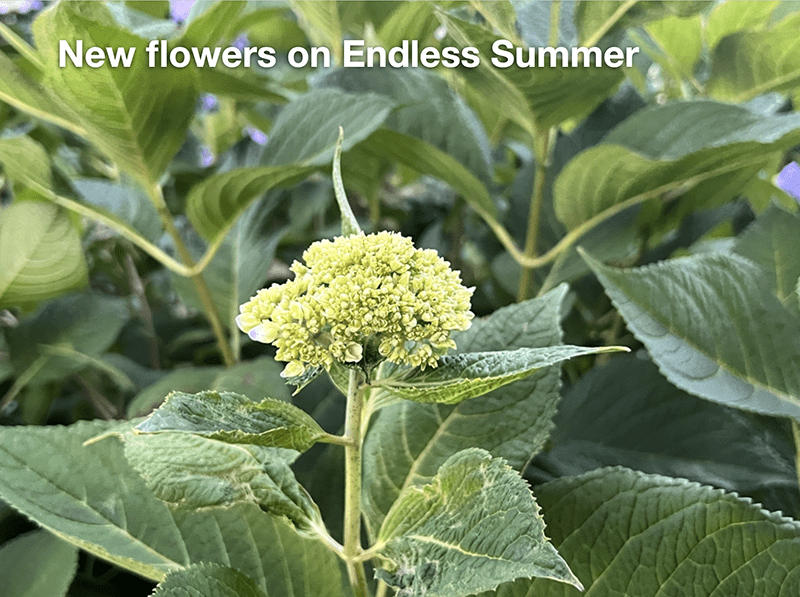
Q. Should butterfly bushes be cut way back in the fall and if so, how far back?
The ideal way to prune butterfly bush (Buddleia) is to wait until March or early April and do a “renovation pruning” at that time. A renovation pruning is when you cut the wood back quite low – in this case, to between 12 and 20 inches from the ground. It’s better to wait until spring to do this because woody plants store energy in their stems that they use for winter survival.
Note: We have a virtual class on pruning coming up on September 25th at 4 PM. Topics such as renovation pruning and other types of trimming will be covered in full. You can read more about this class and register by clicking here.
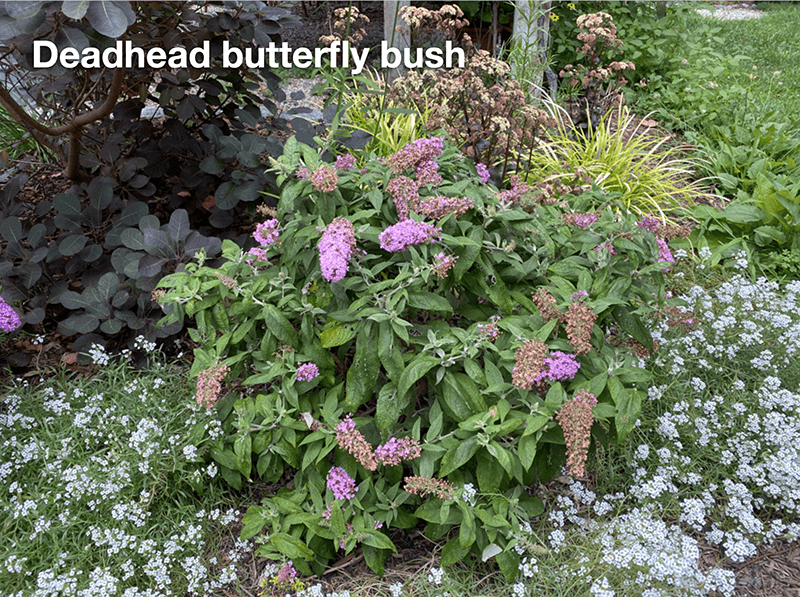
Q. How do I keep the birds from pecking my tomatoes?
This is always an issue for tomato growers, but this year it’s been even more problematic because the birds and other critters are thirsty. So they are going after fruit and foliage more vigorously than normal because they need the water. First of all, provide a birdbath that is filled with fresh water for the birds. You might also put out some low pans of water at ground level for other animals such as chipmunks, and be sure to change the water in these daily. This will help satisfy the critters’ thirst.
Secondly, you can wrap some Harvest Guard floating row cover loosely around your tomato plants to make it more difficult for the birds to get to the fruit.
Another good control that I have used is one of the motion-activated sprinklers such as Spray Away. Check with the people in our Garden Dept. about that product.
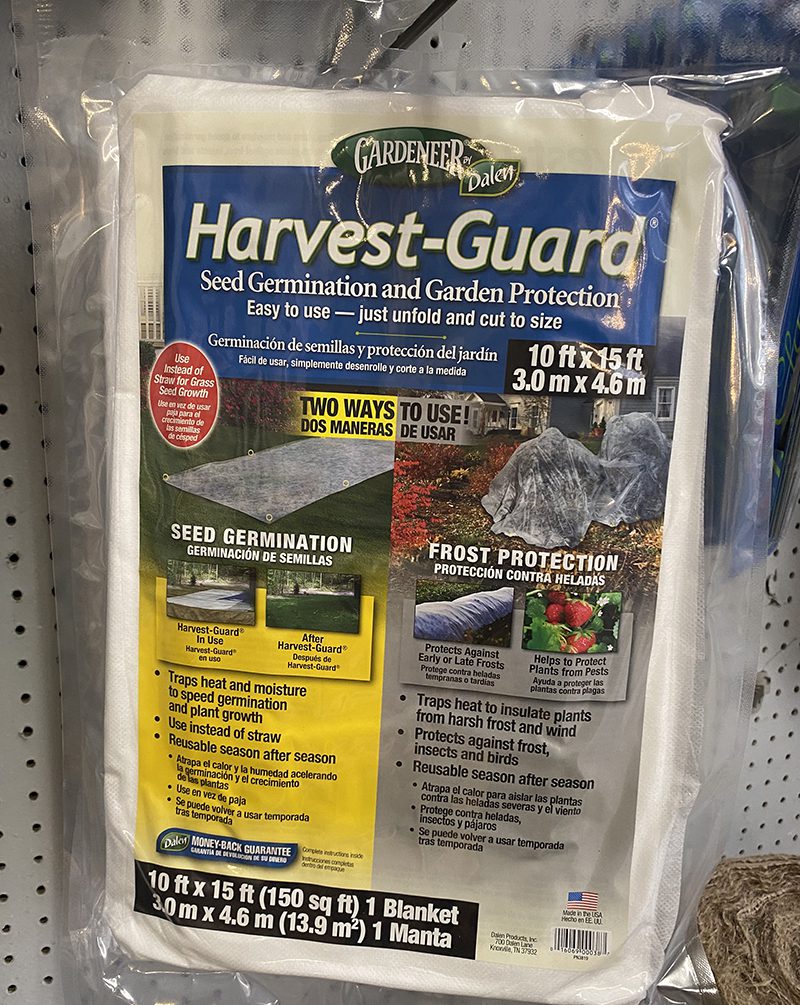
Q. Should you sift your compose from your bin?
I often comment that the old saying about housework – that it expands to meet the time available – applies to compost as well. You can get really into the details about the right mix of “greens and browns” (high nitrogen materials, such as freshly pulled weeds or carrot tops, and high carbon materials such as brown leaves), the proper amount of water and oxygen, or the ideal temperature that the pile should reach. Or you can just put your organic materials in a pile or bin and let things rot the best they can.
Similarly, you can sift your compost and put any larger pieces that aren’t decomposed back in the bin, or you can use what’s there, be it fine or chunky. I am of the “use it as is” school, partly because it’s faster and easier, but also because that emulates how nature grows plants. Out in the woods and fields there is no chopping or sifting of the organics to make it homogenous, right? Big chunks of bark or wood fall on top of leaves that are small, medium and large. It all decomposes on the top of the soil from the top down. So it makes sense to me that if our compost includes some recognizable eggshells, avocado pits or partly-broken down leaves, that’s perfectly acceptable to add to our gardens.
Q. Can I cut my red twig dogwood? It looks terrible.
A. You can if you’d like, but I’d say that you might want to wait. Red twig dogwood foliage is prone to leaf spot, especially if the plant is splashed with water frequently. That can happen because of a long, damp spring when the leaves were coming out, or because the plant is getting hit too often by an irrigation system. In either case, this can make it look nasty at this time of year. But once those leaves fall, you’ll still have the red stems that are attractive over the winter.
Secondly, if you wait but still want to cut it down (another example of a renovation pruning – see above) you could do so at the end of November and then use those red stems in your outdoor winter containers or as supports for heavy Amaryllis flowers indoors.
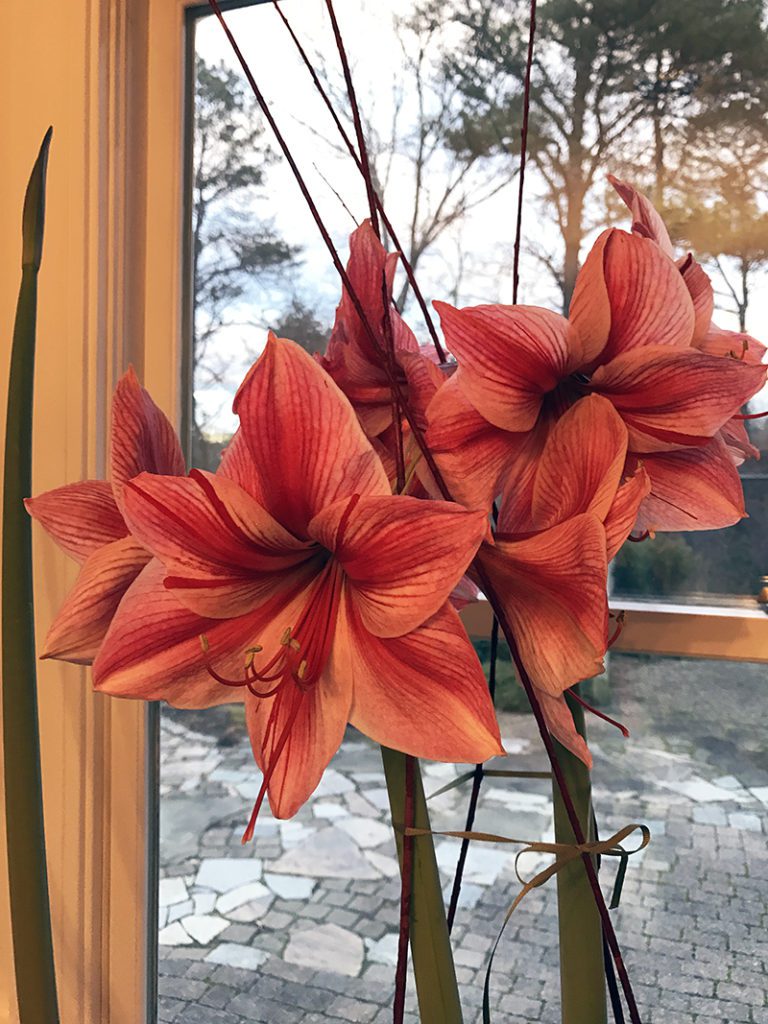
Subscribe To Our Newsletter
Sign up for our weekly email about sales and events.
